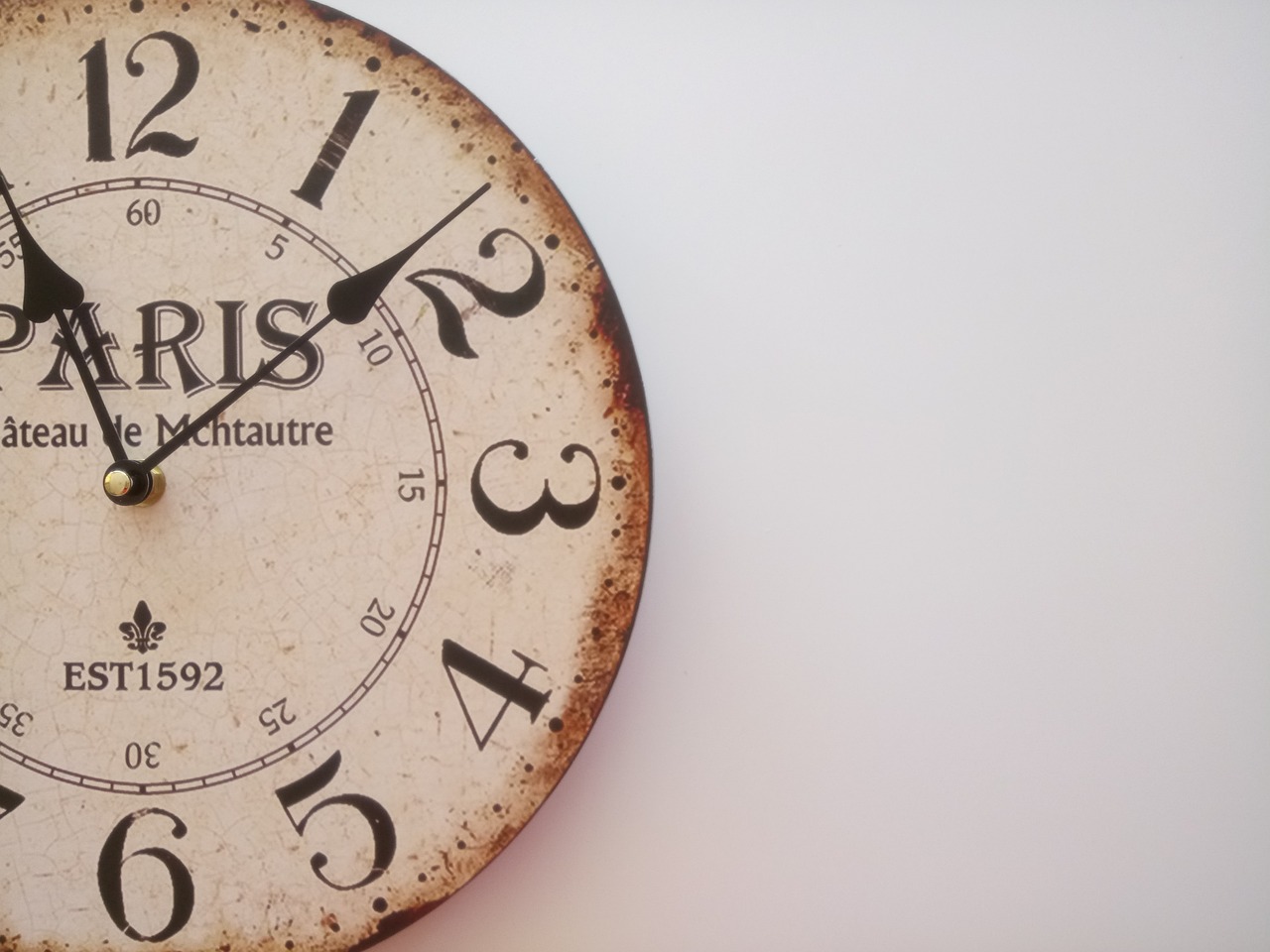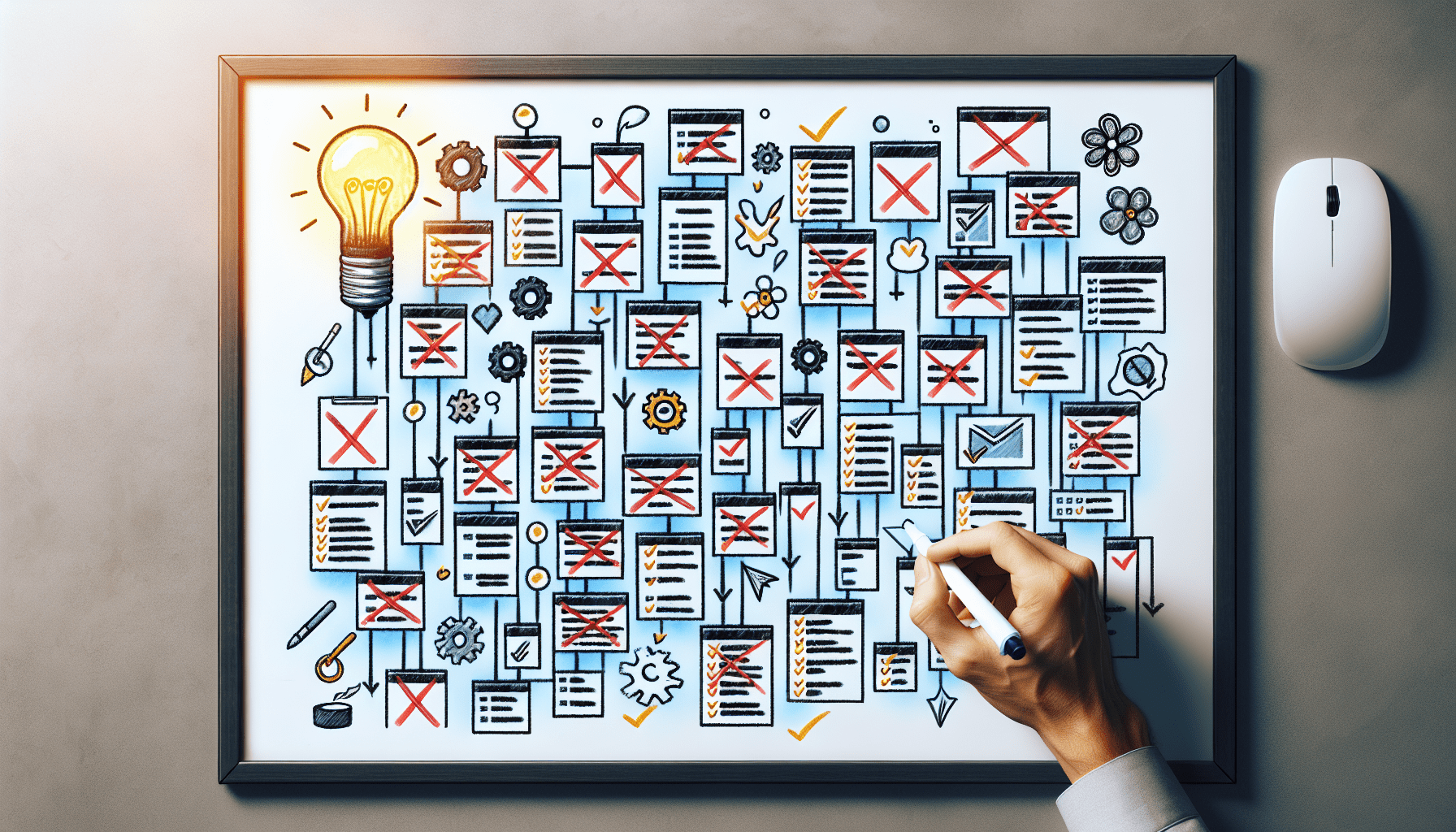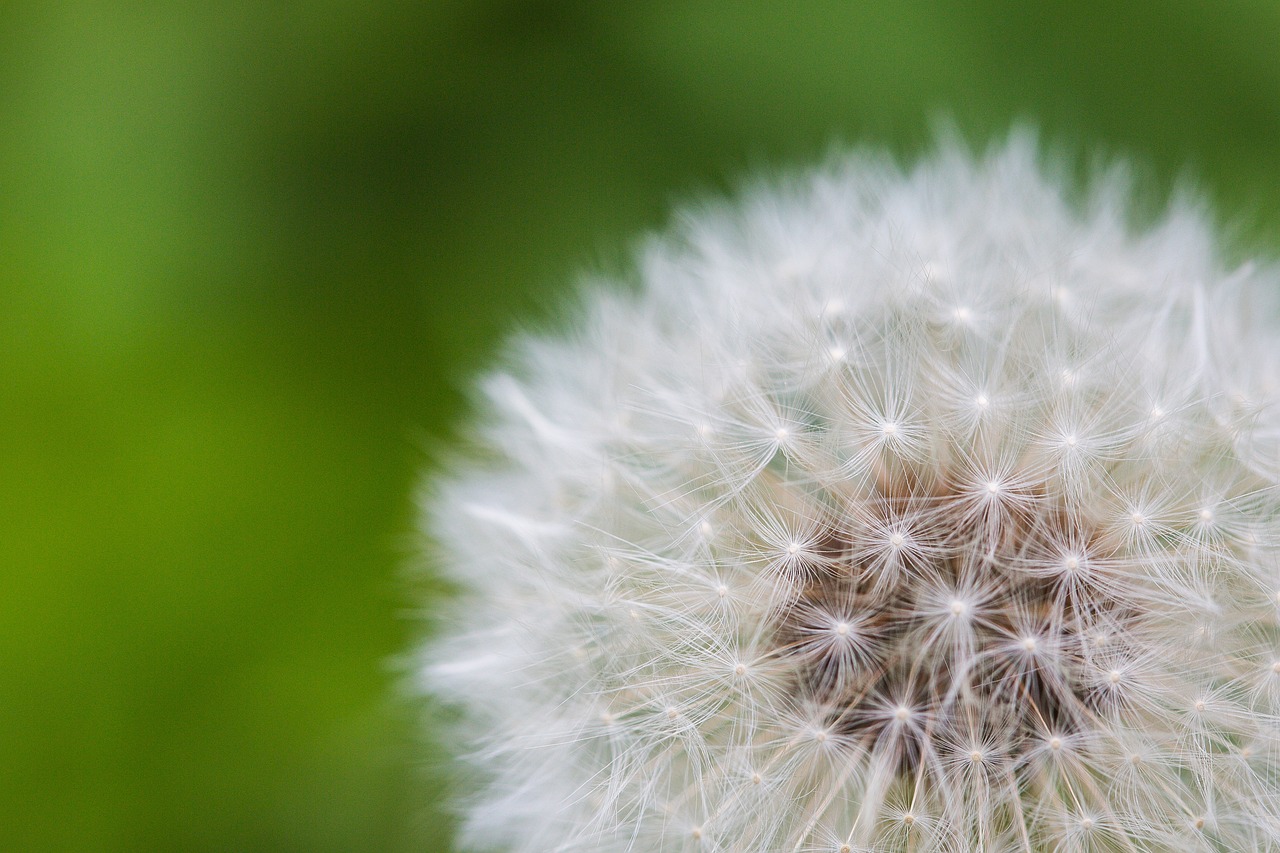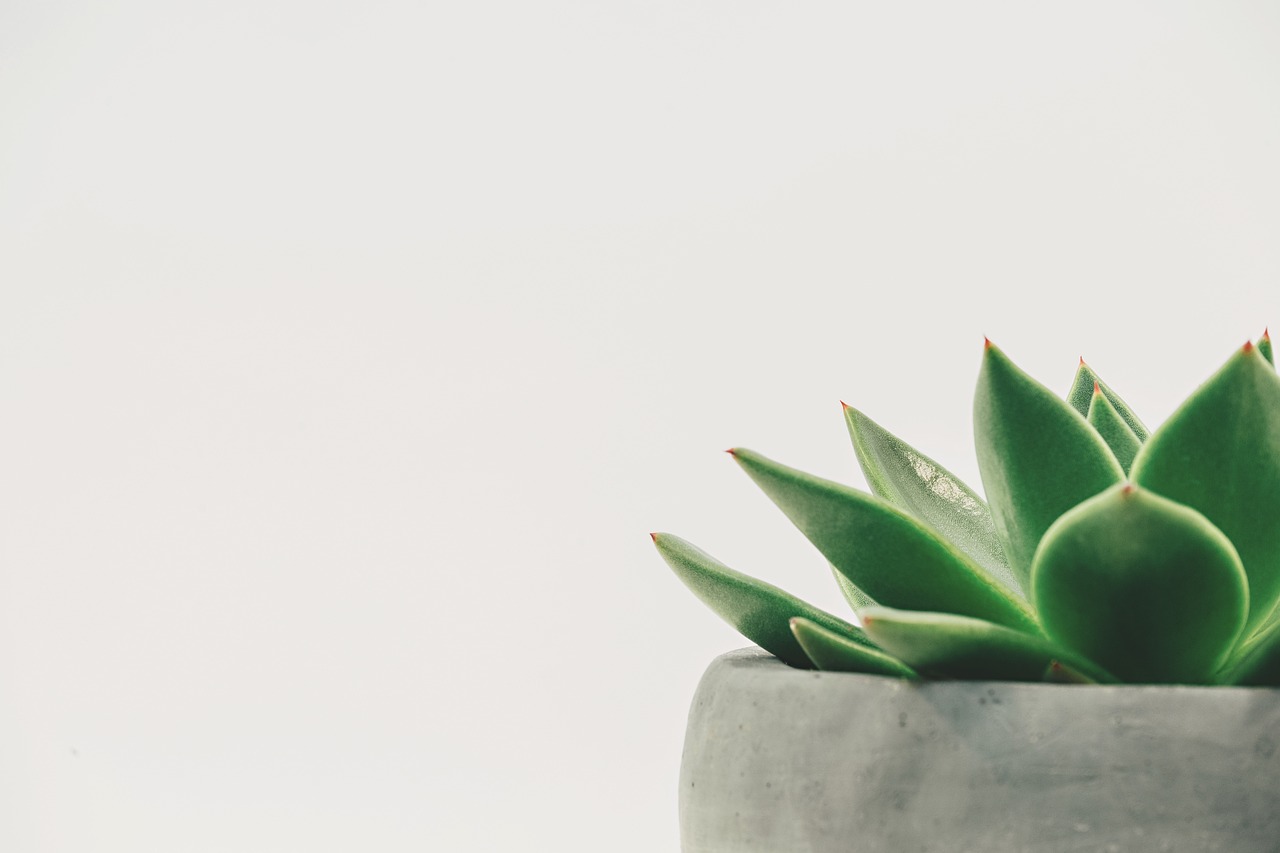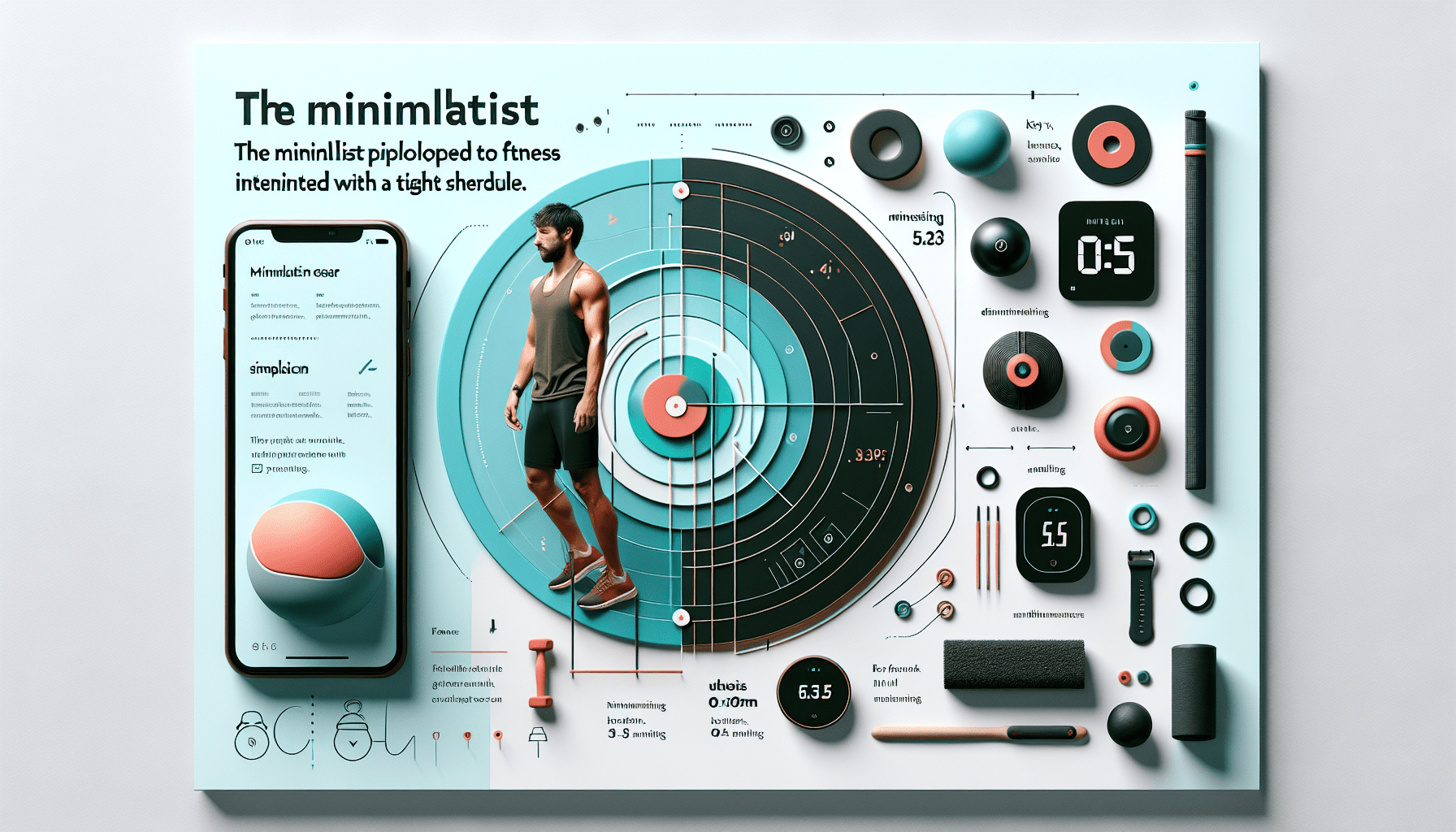
The Power Of Pause: Incorporating Mindfulness Into Your Daily Routine
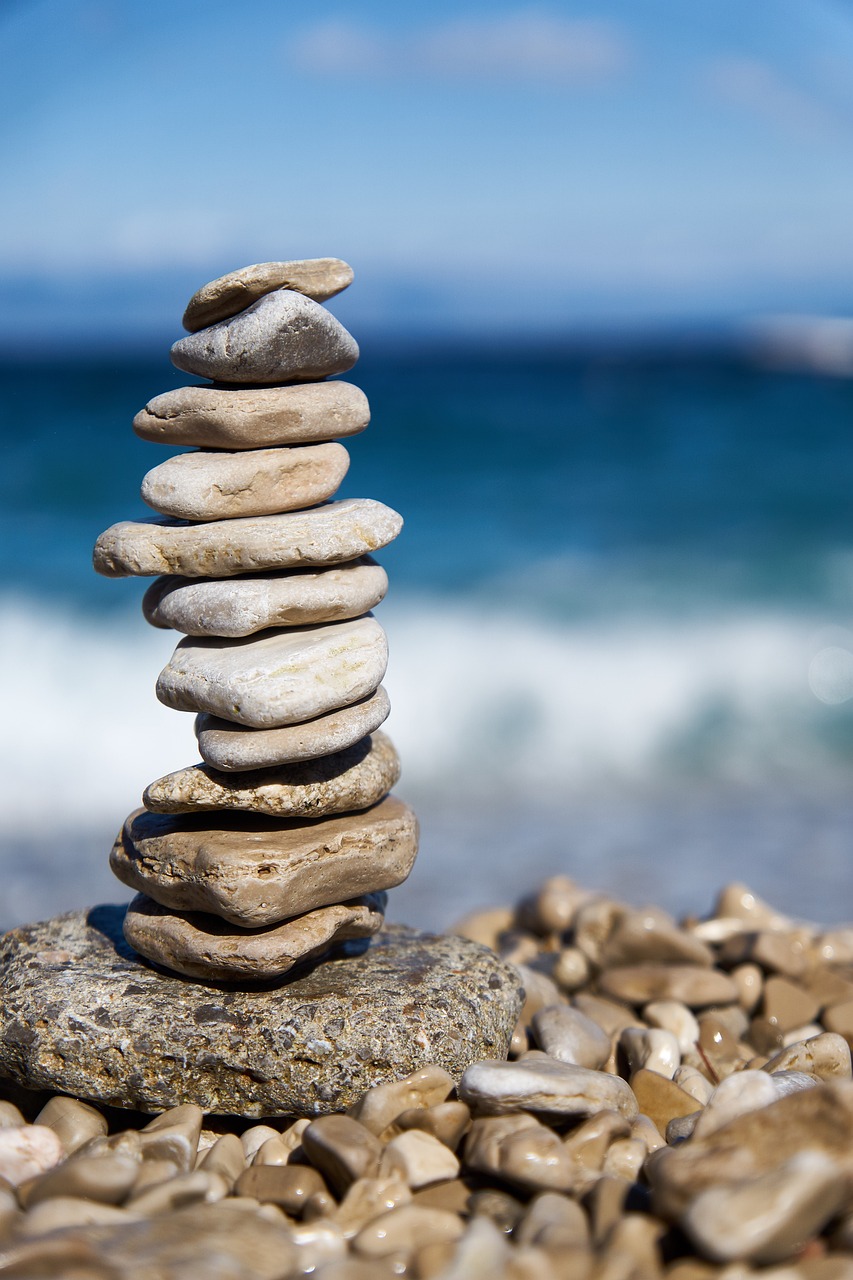
Take a moment to imagine a world where stress and anxiety are replaced with peace and clarity. A world where you can navigate through your daily routine with grace and intention. This is the power of incorporating mindfulness into your daily routine. By simply taking a pause and reconnecting with the present moment, you can cultivate a sense of calm and balance amidst the chaos of everyday life. In this article, we will explore the transformative effects of mindfulness and discover practical ways to integrate it into your day-to-day activities. So, take a deep breath, relax, and let’s embark on this journey of self-discovery together.

Understanding Mindfulness
Definition of mindfulness
Mindfulness is the practice of purposely paying attention to the present moment without judgment. It involves bringing your focus to your thoughts, feelings, and sensations in a non-reactive and accepting way. Mindfulness is about being fully present in the here and now, rather than dwelling on the past or worrying about the future.
The benefits of mindfulness
The benefits of mindfulness are numerous and wide-ranging. Research has shown that regular mindfulness practice can reduce stress, anxiety, and depression. It can improve overall well-being, increase resilience to difficult emotions, and enhance self-awareness. Mindfulness can also improve concentration and focus, enhance creativity, and foster better decision-making skills. It can even strengthen relationships and improve communication with others.
How mindfulness can improve daily routine
Incorporating mindfulness into your daily routine can have a transformative effect on your life. By practicing mindfulness, you become more attuned to your thoughts and emotions, allowing you to respond to situations with greater clarity and intention. Mindfulness can help you navigate the challenges of daily life with a sense of calm and equanimity. By incorporating small moments of mindfulness throughout your day, you can cultivate a greater sense of peace, purpose, and balance.
Creating Space for Mindfulness
Identify moments for mindfulness
Creating space for mindfulness starts with identifying moments in your day when you can intentionally practice mindfulness. These moments can be as simple as taking a few deep breaths before starting a task or pausing to appreciate a beautiful view. By becoming aware of the opportunities for mindfulness in your daily life, you can begin to integrate the practice into your routine.
Choosing the right environment
When practicing mindfulness, it is important to choose an environment that allows you to focus and relax. Find a quiet and comfortable space where you can be free from distractions. This can be a dedicated meditation area, a cozy corner in your home, or a park bench in nature. Creating a calming environment will help you cultivate a greater sense of mindfulness and presence in your practice.
Implementing small pauses throughout the day
One powerful way to incorporate mindfulness into your daily routine is by implementing small pauses throughout the day. Take a few moments to pause and check in with yourself. Notice your breath, observe your thoughts and emotions, and bring your attention to the present moment. These mini mindfulness breaks can help you reset, recharge, and approach the rest of your day with greater clarity and focus.

Breathing Techniques for Mindfulness
Deep diaphragmatic breathing
Deep diaphragmatic breathing is a simple yet powerful technique for cultivating mindfulness. Start by finding a comfortable seated position and taking a deep breath in through your nose. As you inhale, allow your belly to rise and expand. Exhale slowly through your mouth, allowing your belly to gently fall. Focus your attention on the sensation of your breath as it enters and leaves your body. Deep diaphragmatic breathing can help calm the nervous system, reduce stress, and enhance your overall sense of well-being.
Box breathing
Box breathing is a breathing technique that can help bring you back to the present moment and promote relaxation. Begin by inhaling slowly and deeply through your nose to a count of four. Hold your breath for a count of four. Exhale slowly and fully through your mouth to a count of four. Hold your breath again for a count of four. Repeat this cycle several times, focusing on the rhythmic pattern of your breath. Box breathing can help regulate your nervous system, reduce anxiety, and promote a sense of calm and centeredness.
4-7-8 breath technique
The 4-7-8 breath technique is a simple yet effective breathing exercise that can be done anytime, anywhere. Start by exhaling completely through your mouth, making a whooshing sound. Close your mouth and inhale quietly through your nose to a mental count of four. Hold your breath for a count of seven. Exhale completely through your mouth, making a whooshing sound to a count of eight. Repeat this cycle a few times, focusing on the sensation of your breath and allowing yourself to relax and unwind. The 4-7-8 breath technique can help reduce stress, induce a state of relaxation, and promote better sleep.
Mindful Eating
Eating slowly and savoring each bite
In our fast-paced world, it is easy to rush through meals without truly savoring the experience. Mindful eating encourages you to slow down, bring awareness to your food, and savor each bite. Take the time to chew your food slowly and notice the flavors, textures, and smells. Pay attention to the sensations in your body as you eat. By practicing mindful eating, you can develop a healthier relationship with food, enhance digestion, and promote a greater sense of satisfaction and contentment.
Paying attention to hunger and fullness cues
Mindful eating also involves paying attention to your body’s hunger and fullness cues. Before eating, take a moment to check in with your body and determine how hungry you are on a scale from 1 to 10. Similarly, during your meal, pay attention to how full you are and aim to stop eating when you feel satisfied, rather than overly full. By tuning into your body’s signals, you can nourish yourself in a way that feels balanced and intuitive.
Eliminating distractions during meals
Another important aspect of mindful eating is eliminating distractions during meals. Put away your phone, turn off the TV, and create a quiet and peaceful eating environment. By removing external distractions, you can focus on the sensory experience of eating and fully engage with your meal. Pay attention to the appearance, smell, and taste of your food. By practicing mindful eating, you not only nourish your body but also cultivate gratitude and appreciation for the nourishment that food provides.

Mindful Movement
Integrating mindfulness into exercise routines
Exercise is not only beneficial for your physical health but can also be an opportunity to cultivate mindfulness. Whether you’re running, cycling, or practicing strength training, bring your full attention to the sensations in your body as you move. Notice the rhythm of your breath, the feeling of your muscles contracting and relaxing, and the sensation of your feet hitting the ground. By integrating mindfulness into your exercise routine, you can fully immerse yourself in the present moment and enhance the mind-body connection.
Practicing yoga or Tai Chi
Yoga and Tai Chi are ancient practices that combine movement, breath, and mindfulness. They offer a holistic approach to cultivating mindfulness and can be practiced by people of all fitness levels. These practices encourage you to move your body with intention, bringing awareness to each posture, movement, and breath. By practicing yoga or Tai Chi, you can improve flexibility, strength, and balance while fostering a deep sense of calm and relaxation.
Noticing sensations and being present in the moment
Mindful movement is also about noticing the sensations in your body and being fully present in the moment. Whether you’re walking in nature, dancing, or engaging in any form of physical activity, bring your attention to the physical sensations, such as the feeling of the ground beneath your feet, the wind against your skin, or the warmth in your muscles. By focusing on the present moment and the physical sensations in your body, you can enhance your overall sense of well-being and deepen your mindfulness practice.
Mindful Work Practices
Staying focused on a single task at a time
In today’s fast-paced work environments, it can be easy to get caught up in multitasking and constant distractions. Mindful work practices involve staying focused on a single task at a time and avoiding the temptation to switch between tasks. By giving your full attention to each task, you can increase productivity, improve concentration, and reduce stress. Set boundaries and create a work environment that promotes focus, such as turning off notifications and designating specific work hours.
Taking regular breaks and incorporating mindfulness pauses
Taking regular breaks throughout your workday is essential for maintaining focus and productivity. Use these breaks as an opportunity to incorporate mindfulness pauses. Step away from your desk, find a quiet space, and take a few moments to check in with yourself. Close your eyes, take a few deep breaths, and bring your attention to the present moment. This can help clear your mind, reduce stress, and enhance your overall well-being.
Managing stress and preventing burnout
Mindful work practices also involve managing stress and preventing burnout. Take time throughout your day to engage in stress-reducing activities, such as stretching, meditating, or going for a short walk. Set realistic expectations for yourself and prioritize self-care. Recognize when you are feeling overwhelmed or stressed and take proactive steps to address these feelings. Engaging in regular mindfulness practices can help you effectively manage stress, increase resilience, and prevent burnout in the workplace.
Mindful Relationships
Being fully present with loved ones
In our fast-paced world, it can be easy to become distracted or preoccupied when spending time with loved ones. Mindful relationships involve being fully present and engaged when interacting with others. Put away your phone, make eye contact, and really listen to what the other person is saying. Show genuine interest and curiosity in their experiences and emotions. By being fully present with your loved ones, you can deepen your connections and create more meaningful and fulfilling relationships.
Active listening and non-judgmental communication
Mindful relationships also involve practicing active listening and non-judgmental communication. When someone is speaking, focus your attention on their words and body language. Avoid interrupting or mentally formulating a response while they are talking. Instead, listen with an open mind and withhold judgment. Reflectively respond, showing empathy and understanding. Mindful communication fosters respect, trust, and harmony in relationships.
Showing compassion and empathy
Compassion and empathy are integral to mindful relationships. Cultivate an attitude of kindness, understanding, and acceptance towards others. Be compassionate towards their struggles and challenges. Empathize with their emotions and experiences. Practice acts of kindness and show appreciation for the people in your life. By showing compassion and empathy, you can create a nurturing and supportive environment for your relationships to thrive.
Mindfulness Apps and Tools
Popular mindfulness apps
There are numerous mindfulness apps available that can support and enhance your mindfulness practice. Some popular apps include Headspace, Calm, and Insight Timer. These apps offer guided meditations, breathing exercises, and mindfulness reminders. They can be accessed anytime, anywhere, making it easier to incorporate mindfulness into your daily routine. Explore different apps to find the one that resonates with you and supports your mindfulness journey.
Guided meditation and breathing exercises
Guided meditation and breathing exercises are powerful tools for cultivating mindfulness. These practices provide structure and guidance, making it easier to develop a consistent mindfulness routine. Find guided meditations or breathing exercises that resonate with you and fit into your schedule. Set aside a few minutes each day to engage in these practices and allow yourself to fully immerse in the present moment. Guided meditation and breathing exercises can help calm the mind, reduce stress, and enhance self-awareness.
Using mindfulness reminders and timers
Incorporating mindfulness reminders and timers into your day can be a helpful way to stay on track with your mindfulness practice. Set reminders on your phone or use a mindfulness app to prompt you to pause and check in with yourself. You can also use timers to allocate dedicated time for mindfulness practices, such as meditation or deep breathing exercises. These reminders and timers serve as gentle nudges to bring your attention back to the present moment and reinforce your commitment to mindfulness.
Overcoming Barriers to Mindfulness
Addressing distractions and busyness
One of the common barriers to mindfulness is the presence of distractions and busyness in our lives. To overcome this barrier, it is important to intentionally create space for mindfulness. Set aside dedicated time for mindfulness practices and prioritize them in your schedule. Minimize distractions by turning off notifications on your phone, creating a quiet space for practice, and setting boundaries with your time and energy. By addressing distractions and busyness, you can create a more conducive environment for mindfulness to thrive.
Cultivating a non-judgmental attitude
Another barrier to mindfulness is the tendency to judge ourselves or our experiences. Cultivating a non-judgmental attitude is essential for embracing mindfulness. Practice self-compassion and self-acceptance. Recognize that mindfulness is a practice, and it is natural to have thoughts and emotions arise. Approach your experiences with curiosity and non-attachment. By adopting a non-judgmental attitude, you can create a nurturing space for self-discovery and personal growth through mindfulness.
Finding motivation and staying committed
Maintaining motivation and commitment to mindfulness can be challenging, especially when life gets busy or stressful. To overcome this barrier, remind yourself of the benefits and positive impact mindfulness has on your overall well-being. Set realistic goals and celebrate your progress. Find support and accountability by joining a mindfulness group or seeking guidance from experienced practitioners or teachers. Explore different techniques and practices to keep your mindfulness practice fresh and engaging. By finding motivation and staying committed, you can fully experience the transformative power of mindfulness.
Progressing in Mindfulness Practice
Starting with short sessions and gradually increasing duration
When starting a mindfulness practice, it can be helpful to begin with short sessions and gradually increase the duration over time. Start with just a few minutes of mindfulness practice each day and gradually extend it to 10, 20, or even 30 minutes as you become more comfortable. Consistency is key, so aim to practice mindfulness every day, even if it’s just for a few minutes. By starting small and gradually increasing the duration, you can build a strong foundation for your mindfulness practice.
Exploring different mindfulness techniques
There are countless mindfulness techniques and practices to explore. From meditation to body scans to mindful walking, there is a technique that will resonate with you personally. Be curious and open-minded as you explore different mindfulness practices. Try out different techniques and notice which ones feel most effective for you. Remember that mindfulness is a personal journey, and what works for one person may not work for another. By exploring different mindfulness techniques, you can find what resonates with you and deepen your practice.
Seeking guidance from experienced practitioners or teachers
If you’re looking to deepen your mindfulness practice, seeking guidance from experienced practitioners or teachers can be tremendously valuable. They can provide insights, support, and personalized guidance that can take your practice to the next level. Many communities offer mindfulness courses or workshops, and there are also online resources and virtual communities available. Engaging in a mindfulness community can provide accountability, connection, and a sense of shared learning. By seeking guidance from experienced practitioners or teachers, you can continue to progress and grow on your mindfulness journey.
Incorporating mindfulness into your daily routine has the power to transform your life. By understanding the meaning of mindfulness and the benefits it offers, you can begin to create space for mindfulness in your day. Breathing techniques, mindful eating, movement practices, and mindfulness in work and relationships all contribute to a more mindful life. Utilizing mindfulness apps and tools, overcoming barriers, and progressing in your practice will support your journey towards a more present and fulfilling life. Embrace the power of pause and discover the transformative potential of mindfulness.

